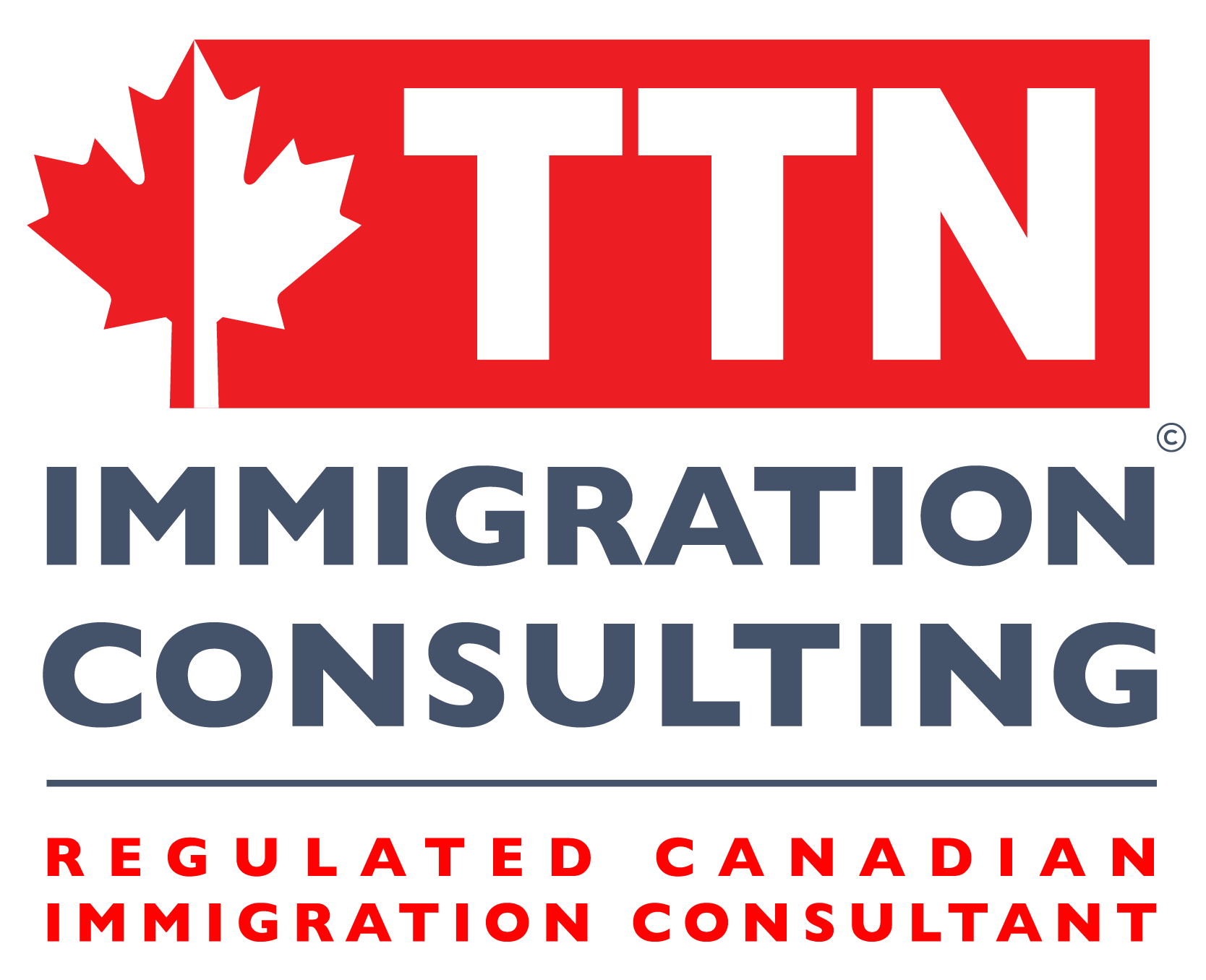
At the end of last year, the IRCC was processing more than two million immigration applications, including those seeking work and study permits and those seeking permanent residence.
The government is considering extraordinary measures to reduce its backlog of immigration applications. In December, a draft document reveals that Immigration, Refugees and Citizenship Canada (IRCC) is finding aggressively to significantly reduce or eliminate its backlog of visitor visa applications by February. As of early December, there were more than 700,000 temporary resident visa (TRV) applications in the system, part of the total.
IRCC is considering two options to reduce the number of visitor visa applications. In the first, the department would process an estimated 195,000 applications in bulk. Under the second option, Immigration Secretary Sean Fraser would waive certain eligibility requirements for approximately 450,000 applications. As other efforts are being made to clear the TRV backlog, this decision would apply to all remaining applications.
By waiving admission rules, foreign nationals would not have to prove they will leave Canada when their visa expires.
Two sources within IRCC said the government is expected to choose the second option and an announcement could be made within days. As of the change, one of the sources said immigration officials would not assess whether visitors have sufficient funds to stay in Canada.
IRCC is under significant pressure to reduce the backlog of applications. As of November 30, there were around 2.1 million applications in the system, more than half of which were in backlog – meaning they had been there longer than service standards to process.
However, the draft document outlines various advantages and disadvantages of this approach. On the plus side, it would help reduce the application inventory, resulting in better processing times for incoming files. However, the document states that not all applicants are “real visitors”. This could lead to an estimated 8,600 asylum claims, also known as refugee claims. India and Nigeria are the two largest sources of TRV applications, and both countries are among the top 10 asylum seekers in Canada. According to the document, the increase in applications would subsequently put more pressure on all aspects of the refugee system.
In addition, IRCC would approve eligibility for those with previous denials.
The two sources in the immigration department described this as a hasty decision that will result in less scrutiny of the applications. The sources also questioned how effective this method will be in rapidly clearing the backlog, as immigration officials would still need to conduct admissibility checks on applications.
Read the full announcement here
